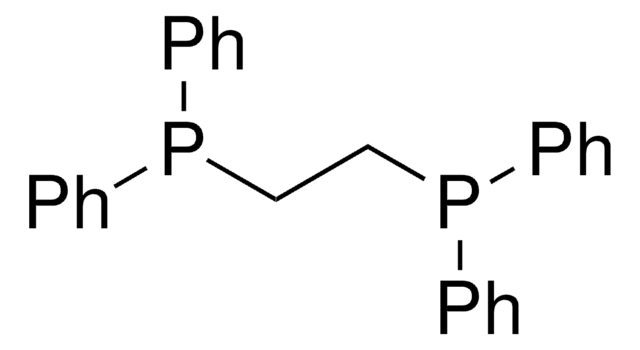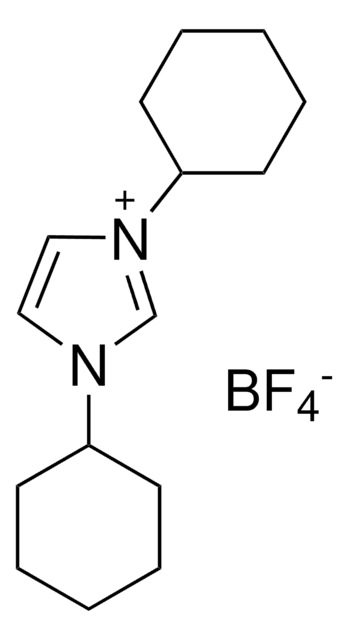364304
Nickel(II) chloride hydrate
99.95% trace metals basis
Synonym(s):
Nickel dichloride hydrate
About This Item
Recommended Products
vapor pressure
1 mmHg ( 671 °C)
Quality Level
Assay
99.95% trace metals basis
form
solid
composition
Degree of hydration, 7-8
reaction suitability
reagent type: catalyst
core: nickel
impurities
≤550.0 ppm Trace Metal Analysis
SMILES string
O.Cl[Ni]Cl
InChI
1S/2ClH.Ni.H2O/h2*1H;;1H2/q;;+2;/p-2
InChI key
HGGYAQHDNDUIIQ-UHFFFAOYSA-L
Signal Word
Danger
Hazard Statements
Precautionary Statements
Hazard Classifications
Acute Tox. 3 Inhalation - Acute Tox. 3 Oral - Aquatic Acute 1 - Aquatic Chronic 1 - Carc. 1B Inhalation - Repr. 1B - Resp. Sens. 1 - Skin Irrit. 2 - Skin Sens. 1 - STOT RE 1
Storage Class Code
6.1C - Combustible acute toxic Cat.3 / toxic compounds or compounds which causing chronic effects
WGK
WGK 3
Flash Point(F)
Not applicable
Flash Point(C)
Not applicable
Personal Protective Equipment
Choose from one of the most recent versions:
Already Own This Product?
Find documentation for the products that you have recently purchased in the Document Library.
Customers Also Viewed
Articles
Plasmonic nanoparticles have unique optical properties that can be tailored to suit a variety of applications in the biotechnology1–8 and electronics9–16 industries.
Our team of scientists has experience in all areas of research including Life Science, Material Science, Chemical Synthesis, Chromatography, Analytical and many others.
Contact Technical Service
















